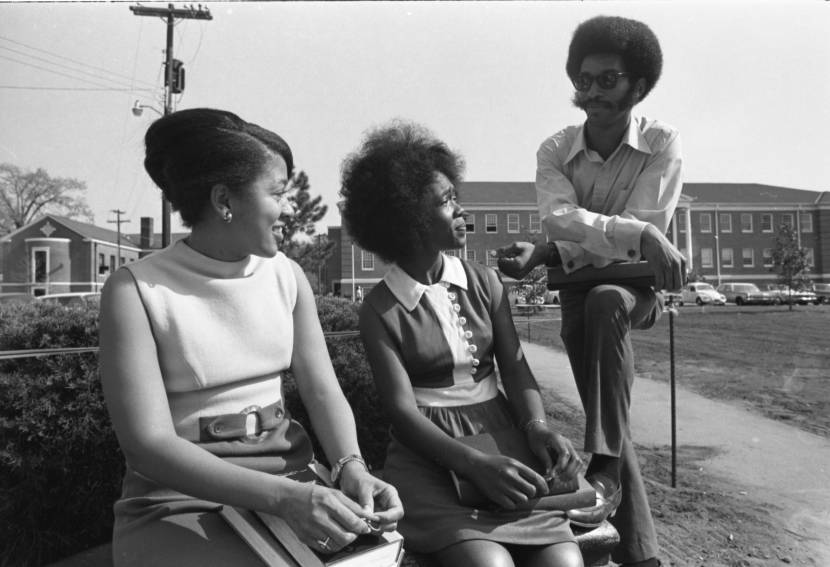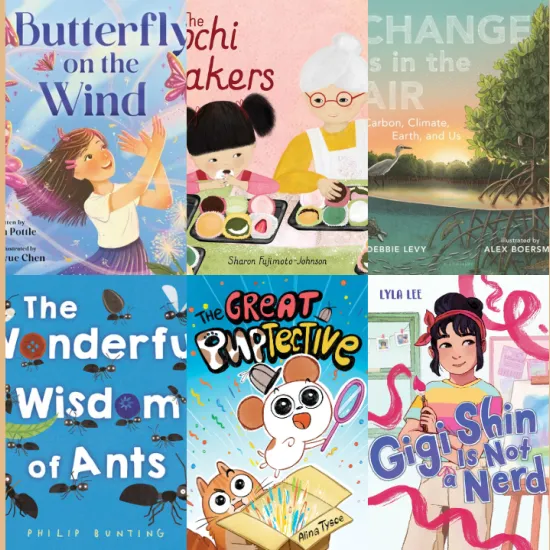- Leslie L.
- Wednesday, September 20, 2023
HBCUs, or Historically Black Colleges and Universities, aren't just educational institutions; they're a testament to resilience and progress.

Background: While the term and acronym defined by the Higher Education Act of 1965, the first HBCU, Cheyney University of Pennsylvania, was established long before this act was passed. An HBCU is defined as “any historically black college or university that was established before 1964, whose principal mission was, and is, the education of Black Americans, and that is accredited by a nationally recognized accrediting agency or association determined by the Secretary of Education.”
Context: Of the eight HBCUS found in South Carolina, two of these institutions can be found in Richland County: Allen University and Benedict College. These institutions were both founded in 1870, a year after South Carolina's first HBCU, Claflin University, opened in 1869. It's worth noting that South Carolina is among the top five states in the country with the most HBCUs, with a total of 107 HBCUs nationwide.
Allen University: With its deep ties to the African Methodist Episcopal Church, began its journey in Cokesbury, SC, as the Payne Institute before finding its home on Harden Street.
- Motto: We Teach The Mind To Think, The Hands To Work, The Heart To Love
- Mascot: Yellow Jackets
- Colors: Royal Blue & Gold
- Notable alumni: William David Chappelle. If that last name seems familiar, he was the great-grandfather of comedian Dave Chappelle, who has previously spoken at Allen University graduation ceremonies and been awarded a set of keys to the City of Columbia.
Benedict College: Founded in 1870 by Bathsheba A. Benedict, started as the Benedict Institute on an 80-acre plantation in Columbia, with the mission to educate emancipated African Americans.
- Motto: A Power for Good in Society
- Mascot: Tigers
- Colors: Purple & Gold
- Notable alumni: civil rights leader Modjeska Monteith Simkins and recent graduate Naida Rutherford, the first Black woman elected as coroner of Richland County.

Why they matter: These HBCUs have been at the forefront of change in Richland County, playing pivotal roles as centers for civil rights activities from the 1930s to the 1960s. They've been the backdrop for sit-in protests, marches, and more recently, platforms for voices in the Black Lives Matter movement. Additionally, these institutions continue to serve as safe havens for educating Black Americans, maintaining their historical significance and relevance to this day.
Want to dive into these institutions even more? Visit Richland Library's Local History Digital Collections and digitally flip through the historic yearbooks of Allen University and Benedict College — part of the Yearbooks of Columbia Area Schools Collection.


